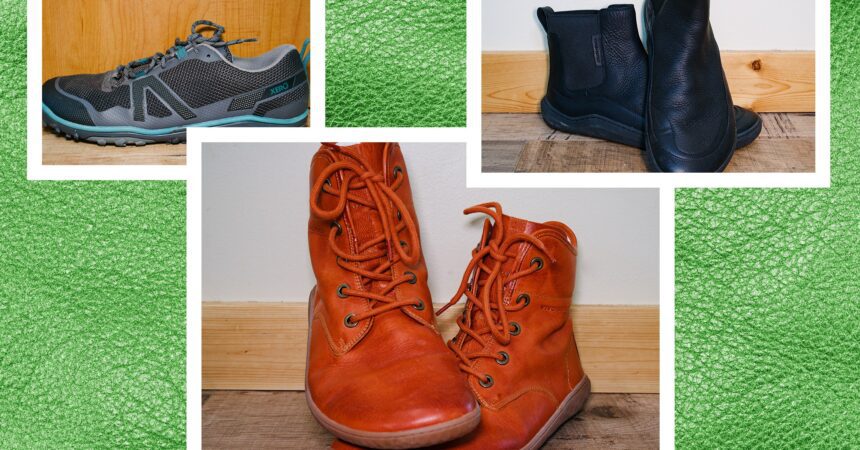How to Begin Your Journey with Barefoot Shoes
Photograph: Masudnpathan/Getty Images
For most of your life, you’ve likely been using cushioned footwear. It’s unrealistic to expect to discard them and maintain the same level of activity—whether walking or running—in barefoot shoes right away. To some extent, you’ll need to relearn your walking and running techniques. This requires a deliberate effort, and it can be quite challenging. You’re not merely learning; you’re also unlearning certain deep-seated habits. The crucial point is to proceed gradually. Incredibly, painfully gradually.
Your approach to barefoot shoes should reflect your personal goals. I happened to be diving into running, which turned out well because I had to take it slow (my skills were lacking). If you’re already an ultra-marathon runner and wish to try barefoot footwear, restraining yourself may prove difficult. If you find yourself somewhere in between, it will still be a struggle to resist the urge to overdo it. Redirect the discipline you typically apply for distance into not overextending your distances.
If you’re unsure about where to begin, consider checking out Graham Tuttle’s YouTube channel, particularly his exercises for strengthening the feet. These will assist you in building the foot and ankle strength that may be lacking due to years of reliance on padded shoes, as well as easing muscle soreness when you embark on barefoot running. Tuttle does provide some paid programs intended to provide more personalized guidance (though I haven’t personally experienced any of these). Another YouTube channel that I’ve found useful is the MovNat channel, which is not strictly barefoot-focused but includes plenty of great barefoot advice within its broader context. If you haven’t yet explored Christopher McDougall’s works, both Born to Run and Natural Born Heroes are engaging reads related to barefoot principles. In fact, Born to Run may have been the single most influential work to promote barefoot running since the era of padded shoes began in the early 1970s.
Additionally, it’s important to note that transitioning to barefoot shoes is not an all-or-nothing decision. For over a year, I alternated between barefoot shoes for running, conventional shoes for other activities, and sandals for relaxed environments. It doesn’t have to be a complete shift. If you go for a barefoot run and then switch to your favorite Converse shoes right after, that’s perfectly fine. Understand also that everyone’s experience is unique. My full transition to barefoot shoes took six months. But that’s just my journey. Yours could take two months, two years, or anywhere in between. Move at your own speed and don’t stress about how others are progressing.










